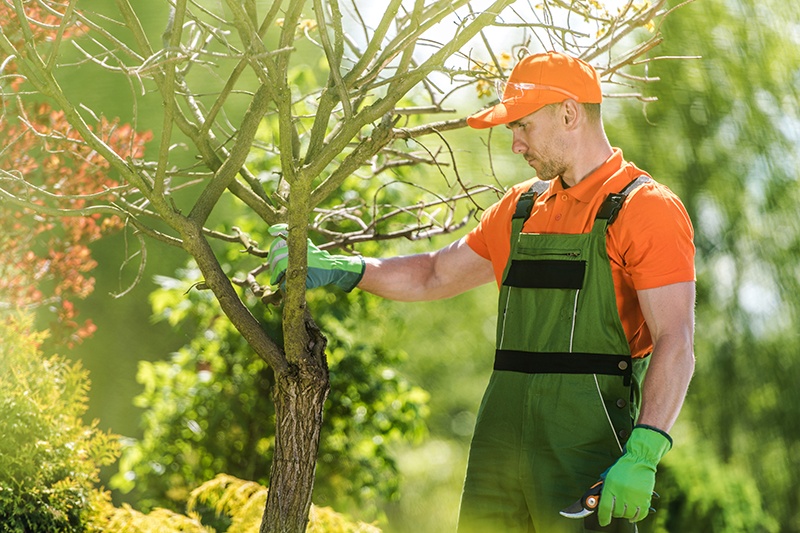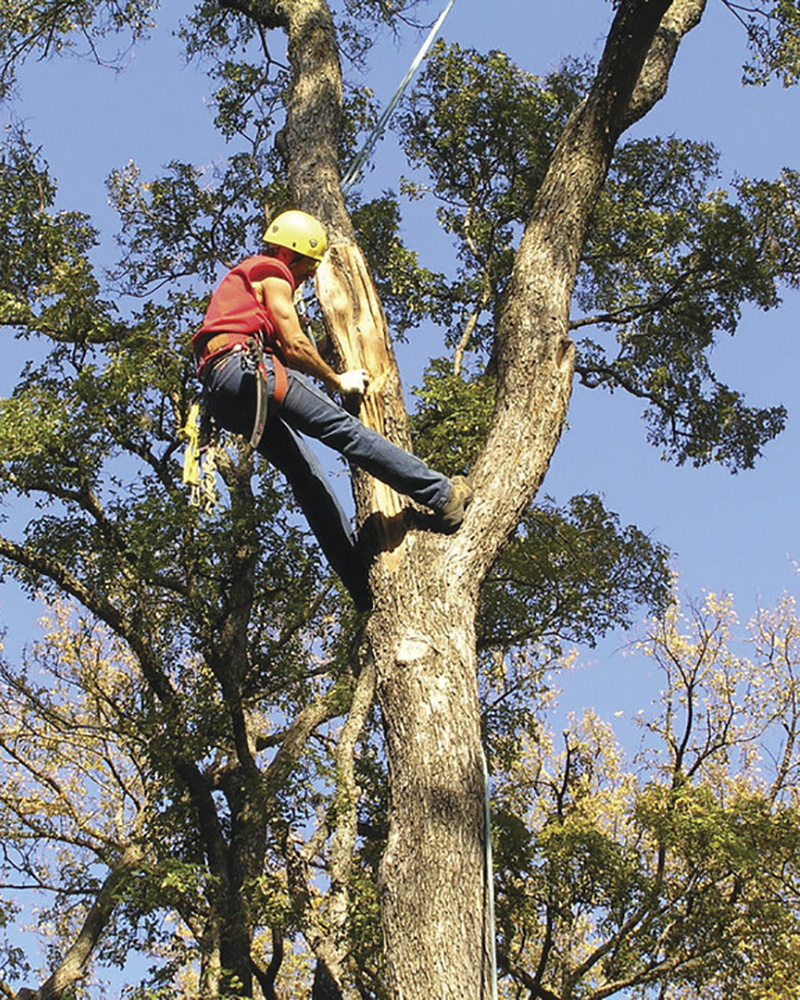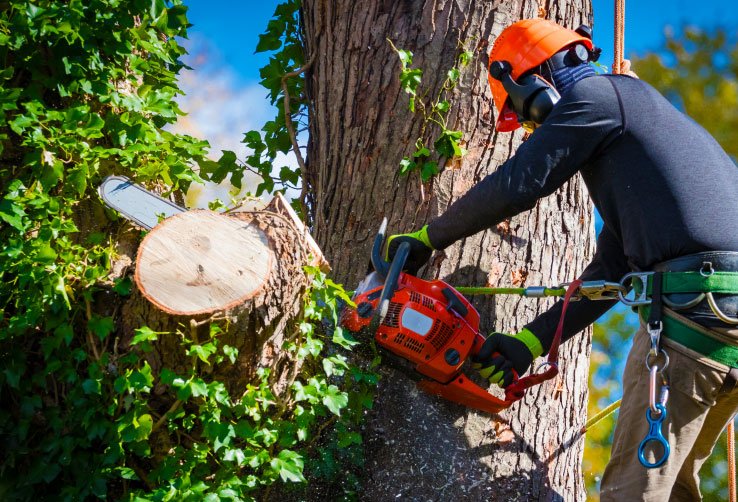Guilford CT Tree Removal Professionals: RC Property Services
Guilford CT Tree Removal Professionals: RC Property Services
Blog Article
Recognizing the Significance of Tree Conservation and Preservation Practices in Urban Locations
In the busy landscape of city settings, trees frequently stand as quiet guardians, supplying a wide variety of benefits that expand much past their visual charm. Understanding the importance of tree preservation and preservation methods in these areas is not simply an environmental factor to consider but a holistic technique to promoting resistant and sustainable areas. As we discover the interwoven fabric of ecological, social, and financial benefits that metropolitan trees use, it becomes evident that their conservation is pivotal for the well-being of future and present generations. Let us start a journey to reveal the crucial function that trees play in forming the city landscapes of tomorrow.
Environmental Advantages of Trees in Cities
Trees in metropolitan locations play an essential function in supplying different ecological advantages, adding to the total health of city dwellers. This procedure assists minimize the concentration of dangerous gases, making the air cleaner and much healthier for residents.

In addition, trees contribute to water administration by minimizing stormwater overflow and dirt disintegration. Generally, the environmental benefits of trees in cities are necessary for producing sustainable and habitable city environments.
Social Importance of Urban Tree Preservation
In modern city landscapes, the preservation of trees holds considerable social value for cultivating area health and enhancing lifestyle. Urban tree preservation plays an important function in developing rooms for social communication and area involvement. Trees give event areas for individuals, such as parks and environment-friendly areas, where neighborhoods can collaborate for leisure activities, social occasions, and leisurely walks. The visibility of trees in metropolitan settings has been linked to decreased levels of stress and anxiety, boosted mental wellness, and raised sensations of wellness among residents. Furthermore, trees add to the aesthetic appeals of communities, creating aesthetically appealing surroundings that improve the total livability of city locations.

Economic Worth of Tree Conservation
The conservation and conservation of urban trees supply significant financial benefits that add to the overall economic well-being of neighborhoods and cities. Urban trees offer a wide variety of economic advantages that favorably influence regional economic situations. One substantial economic benefit of tree conservation is the rise in property worths. Trees enhance the aesthetic allure of neighborhoods, leading to greater home worths and bring in potential purchasers or renters. Metropolitan trees aid minimize power prices by providing shade in the summer season and acting as windbreaks in the wintertime, thus lowering the need for heating and cooling down systems.
Additionally, trees play a vital function in reducing stormwater runoff and alleviating the impacts of flooding, which this post can result in price savings for cities in regards to infrastructure upkeep and fixing. Urban trees likewise add to enhanced air quality by soaking up toxins and releasing oxygen, resulting in potential financial savings in medical care prices connected with breathing diseases. By identifying and spending in the financial worth of tree preservation, cities can advertise lasting advancement, boost lifestyle, and produce more resilient city atmospheres.
Strategies for Lasting Urban Tree Administration
An extensive technique to lasting metropolitan tree management includes incorporating varied strategies that focus on long-term environmental health and wellness and neighborhood health. Implementing tree stocks and analyses is crucial to understand urban tree populaces, their health and wellness, and upkeep demands.
Area interaction plays a pivotal role in sustainable urban tree management. Enlightening residents about the benefits of trees, arranging tree growing events, and including volunteers in tree care activities promotes a sense of possession and stewardship. Collaboration between local government, environmental organizations, and locals is crucial to creating and applying effective tree administration strategies.
Purchasing green infrastructure, such as green roofing systems and urban forests, can give several advantages, including improved air top quality, stormwater monitoring, and metropolitan warm island reduction. tree removal. Incorporating trees right into Click This Link urban preparation and style processes makes certain that trees are valued as essential parts of a healthy and balanced and durable metropolitan atmosphere
Community Participation in Tree Conservation
Area participation is an essential component in cultivating sustainable city tree administration techniques and making sure the long-lasting health and preservation of city tree populations. Involving the community in tree preservation initiatives can bring about enhanced recognition, recognition, and stewardship of trees within metropolitan locations. When locals proactively take part in tree growing, upkeep, and conservation efforts, they establish a feeling of ownership and satisfaction in their local setting.
Neighborhood participation likewise promotes social cohesion and partnership among locals, regional authorities, and ecological organizations, promoting a shared duty for city tree conservation. By arranging tree growing occasions, educational workshops, and volunteer chances, areas can interact to boost the city tree canopy and create greener, healthier cities. Involving homeowners in decision-making processes regarding tree management ensures that diverse perspectives and regional knowledge are considered, leading to more sustainable and efficient conservation practices. Ultimately, neighborhood involvement plays a critical function in building growing and resistant metropolitan forests for future generations to enjoy.
Verdict
Finally, metropolitan tree conservation and conservation practices play an essential function in enhancing the ecological, social, and economic health of cities. By identifying the worth of trees in urban locations and applying lasting monitoring methods, neighborhoods can delight in see this here the many benefits that trees give. It is important for stakeholders to proactively take part in tree preservation initiatives to ensure a greener and healthier city environment for future and current generations.

Report this page